Art: Photography
Eleanor Antin
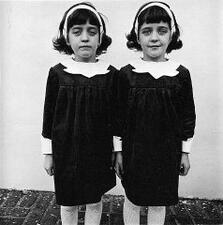
Diane Arbus
Diane Arbus changed how the world looks at photographs and how photographs look at the world. Arbus sought out unconventional subjects such as Coney Island freak shows and gay bars, launching her solo career with a first photo essay for Esquire. For many years she remained a cult figure, and it was not until the 1980s that her work came to be generally accepted.
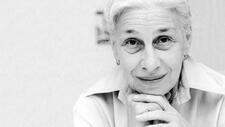
Eve Arnold
Eve Arnold was a groundbreaking photographer and writer, known for photographing fashion in Harlem, the McCarthy hearings, the civil rights movement, and Marilyn Monroe, as well as life in China, England, and the Soviet Union. Arnold was the first American woman accepted into Magnum Photos and is credited with making a remarkable artistic contribution to twentieth-century photography.
Artists: Contemporary Anglo
In Britain, both feminism and feminist art took considerably longer to emerge and make their mark than in the United States, but when they did, many Jewish women artists created profound artistic work. British Jewish women artists generally hold both Jewishness and gender as central to their artistic output. Their art reveals the diverse ways in which women perceive their Jewishness in contemporary Britain.
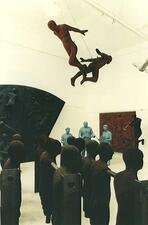
Artists: Israeli, 1970 to 2000
The inclusion of feminism in Israeli art was seen as irrelevant in the 1970s, when Israel was seen as a state of gender equality. But in the following decades, amid vast changes in Israeli society, women worked hard to make themselves seen and have their stories told in the wider world of Israeli art.
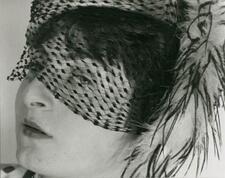
Ellen Auerbach
The life of Ellen Auerbach was a constant journey of self-discovery. Auerbach was remarkable both for her avant-garde photography and for her innovative ringl+pit studio where she and fellow artist Grete Stern worked collaboratively. In addition to photography, Auerbach m,ade short films and worked as an educational therapist with learning-disabled children.

Eva Besnyö
Photographer and photojournalist Eva Besnyö was born in Budapest in 1910. In the 1930s Besnyö moved to Berlin, where she quickly became successful with numerous exhibitions and commissions and spent time with politically engaged intellectuals and artists. Following the war, Besnyö was active in the Dolle-Mina feminist movement and was awarded the Dr. Erich Salomon Award for her life’s work.

Aenne Biermann
In her short life, self-taught photographer Aenne Biermann made a profound impact on the arts as a major proponent of “new objectivity,” a rejection of romantic idealism in favor of practical engagement with the world. As a photographer, she explored nature, the quality of light, and precise structures. Her works were part of every major exhibition in Germany at the time.
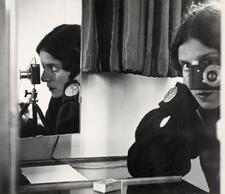
Ilse Bing
Ilse Bing was known as the “Queen of the Leica” for her work in photojournalism, fashion, and advertising with this new camera, fast film, and darkroom techniques of polarization and cropping. Her work was highly influential in France in the 1930s when many émigré artists were energized by the cross fertilization of disciplines that contributed to modern photography.
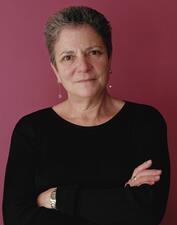
Gay Block
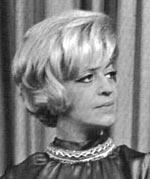
Brazil, Contemporary
Brazil is home to the second largest Jewish community in South America. Jewish women played important roles in the absorption of Jewish immigrants from Europe, the Middle East, and North Africa, and also made important contributions to Brazilian intellectual and artistic life.
Marianne Breslauer
Marianne Breslauer was known for her style of quiet, poetic street scenes of Paris and Berlin and her photographs of Palestine in 1931. Breslauer studied at the Lette-Verein, the first school for women photographers, and was awarded the Hann Höch Prize in Berlin in 1999.
Lotte Errell
Photojournalist Lotte Errell worked tirelessly to make her adventurous travels in Africa, China, and the Middle East accessible to her readers at home in Germany and beyond. Her success illustrates how photography and travel journalism provided women with new possibilities for independence and careers. Errell traveled the world throughout the 1930s taking photos and writing essays, but she was interrupted in the 1940s by the war.
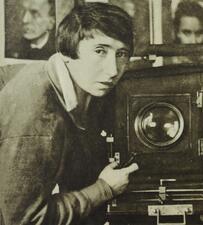
Trude Fleischmann
Trude Fleischmann opened her studio at age 25, worked as a successful independent photographer through the Depression, and photographed some of the great artists, thinkers, and activists of her day, including Max Reinhardt, Eleanor Roosevelt, and Albert Einstein. Fleischmann regarded photography as a craft rather than an art, an attitude which also helped open the field to women.
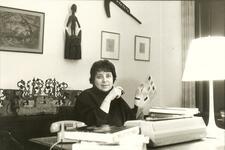
Sally Fox
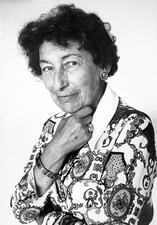
Gisèle Freund
Gisèle Freund was a European intellectual and writer, a sociologist, a historian of photography, a socialist, a Jew, and one of the world’s greatest photographers.From her photographs of a rally in Berlin to her insightful portraits of Evita Perón, Freund captured the early twentieth century. In 1991, she was the first photographer honored with a retrospective at the Musée National d’art Moderne.

Marti Friedlander
London-born Marti Friedlander migrated to New Zealand in 1958. She became one of the country’s most outstanding and influential photographers in portraiture, photo-journalism, photo-books, and “street” photography. Her photographs still live vigorous public lives in exhibitions, books, and periodicals published after her death.
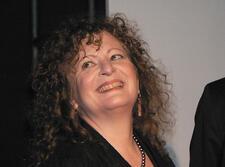
Nan Goldin
Starting in the 1970s, Nan Goldin used her camera to document her own life and that of her friends, her alternative family. Her pictures revealed intimacy and violence, love and abuse, sexuality and addiction, in the downtown punk scene of New York in the 1980s, a world subsequently devastated by AIDS. She adopted a slide show format to be a mirror to her friends, and ended up mirroring their lives to the outside world.
Pam Grossman
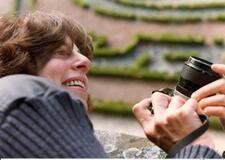
Diana Mara Henry
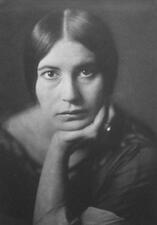
Nini Hess
In the years between 1914 and 1933, numerous significant personalities in art, culture, politics, society and sport met in the photographic portraiture studio of Nini and Carry Hess. With their technical and aesthetic brilliance, the sisters were among the leading photographers in Germany of the time.
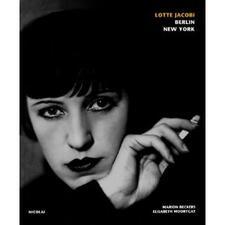
Lotte Jacobi
After leaving Nazi Germany in 1935, Lotte Jacobi became a renowned photographer in New York as she captured intimate portraits of prominent Americans such as Robert Frost, Eleanor Roosevelt, and Paul Robeson. Jacobi was highly interested in politics and an active delegate to the Democratic National Convention. She was known for engaging her subjects in rich conversation as she photographed them.

Shula Keshet
Shula Keshet is an Israeli Mizrahi feminist activist, an artist, and a curator. Her activism strives for justice for underprivileged women and men in Israel; as a Mizrahi feminist artist and curator, she has created several exhibitions.
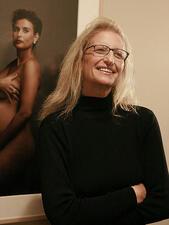
Annie Leibovitz
For decades, Annie Leibovitz and her camera have exposed to the public eye subtleties of character that lay beneath the celebrity personae of rock stars, politicians, actors, and literary figures. As chief photographer for Rolling Stone magazine, she fueled the American fascination with rock ’n’ roll dissidents in the 1970s; in the 1980s and 1990s, she captured the essence of the day’s great cultural icons with her work for Vanity Fair.
Madame d'Ora
Madame d’Ora’s vibrant portraits of twentieth-century artists and intellectuals remain important testaments to European cultural life at the turn of the century and beyond. D’Ora was the first woman accepted by the Association of Austrian photographers, and one of the first photographers to focus on modern dance and fashion. She paved the way for many Jewish female photographers to find success.


